I think by now all of us know, or have heard about 20nm process node, its PPA (Power, Performance, Area) advantages and challenges (complexity of high design size and density, heterogeneity, variability, stress, lithography complexities, LDEs and so on). I’m not going to get into the details of these challenges, but will ponder… Read More
Semiconductor Intellectual Property
NoC adoption surge at Chinese chip maker
The news from Arteris, Inc., announcing that “its interconnect fabric IP has been licensed and deployed in a majority of chips developed by China’s leading semiconductor companies for applications including consumer electronics, smartphones, and tablets,” is holding attention for several reasons. At first, because it’s… Read More
Why Every Smartphone OEM Want to Use Homemade GPU?
Smartphone shipment explosion and continuous growth is attracting always more OEM and chip makers, this is not really surprising, as the wireless market can be identified as the faster growing, and larger electronic segment ever seen. On such a mass market, the real question is “how to differentiate?” Apple is unique; just trying… Read More
How to Benchmark a Processor
How do you benchmark a processor? It seems like it should be easy, just run some code and see how fast it is. Traditionally processors were indeed benchmarked by raw performance like GMACS, GFLOPS, memory bandwidth and so on. But in today’s world where systems have become very complex and applications very compute intensive, the… Read More
Compressing OpenGL ES textures
The 80s called, and they want lazy programming back. Remember “Mr. Mom”? Michael Keaton is talking about rewiring the house, and Martin Mull asks if he’s going to use all 220V, and Keaton responds “Yeah, 220, 221, whatever it takes.” Not knowing what’s inside can make you look silly.
Such is the case with OpenGL ES. Taking a look at … Read More
How To Connect Your Cell-phone Camera
Your cell-phone contains a camera. In fact, it probably contains two: one forward facing for video-calls and one rear-facing for taking photographs and videos. The rear-facing one typically has much higher pixel count than the front-facing. The capabilities of cell-phone cameras are getting “good enough” that… Read More
Non-volatile Memory in the Internet of Things
You have probably heard of the Internet of Things or IoT. This is the future world in which not only are our computers and smartphones connected to the internet, but all sort of other things like thermostats, medical monitors, smart car-keys and soil analyzers. What these “things” have in common is that, unlike computers… Read More
Challenges of Low Power Network-on-Chip Designs
Everyone understands that as we increasingly focus on the design of mobile devices, there is an increasing focus on low power. But, what is implied in designing for low-power? Designing for low power means we have to work with multiple power domains and multiple clock domains—making our design task more complex. We also must get… Read More
Pre-verified, Integrated Sensor IP Subsystem?
Last year, I said that the launch of ARC based complete sound system IP by Synopsys ring the bell for the opening of a new IP market segment, the “Subsystem IP”. This week, Synopsys has announced the availability of the DesignWare® Sensor IP Subsystem, a complete and integrated hardware and software solution for sensor control applications.… Read More
IP: Make or Buy?
A couple of weekends ago I moderated a panel session for the Chinese American Semiconductor Professional Association. No, I had no idea such an organization existed either (at least partially because I’m not Chinese). Dan Nenni was meant to be doing it but he went off to Las Vegas, so I ended up getting the job. On a Saturday … Read More


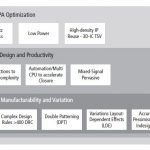

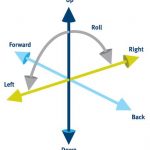


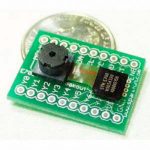
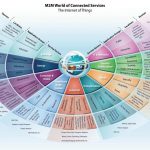

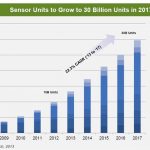
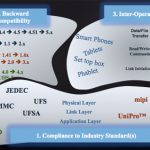
Flynn Was Right: How a 2003 Warning Foretold Today’s Architectural Pivot